Ingress Protection (Ip) Rating
IP ratings is the rank of protection offered by a casing, against solids and liquids. In the format of IPXX, 'X' represents a number The first value of the IP rating represents protection against solids such as dust, while the second refers to protection against liquids (sweat).
Having a value of IPX4, the Nothing Ear 1's rating for solids indicates that no data available to specify a protection rating, and the second value of 4 means that they can withstand low pressure spray similar to that of a shower head when tilted at 180° for 10 minutes.
Weight
The Nothing Ear 1 have a weight of 9.4g . We consider a lower weight best for the reason that lighter devices are easier to carry.
Has No Wires Or Cables
True wireless devices have no wires connecting any part of the device together, Nothing Ear 1 are true wireless for this case since they have no cables. This is an important difference since wireless earbuds have wires linking the two earbuds .
Sweat Resistance
Nothing Ear 1 have sweat resistance
Has Stereo Speakers
Nothing Ear 1 have stereo speakers, what this means is that Nothing Ear 1's speakers deliver sound from independent channels on both left and right sides, creating a richer sound and a better listening experience.
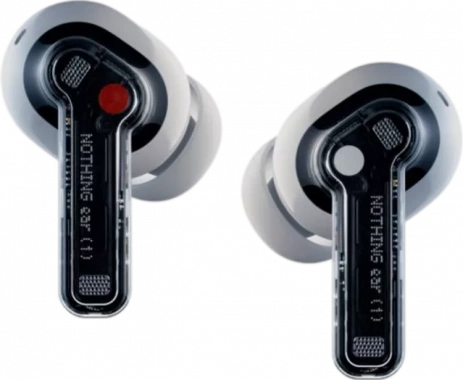
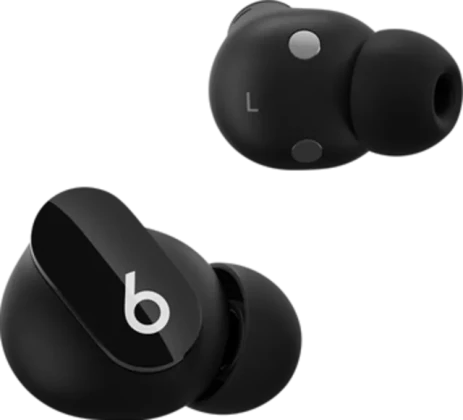
_1671835316.webp)
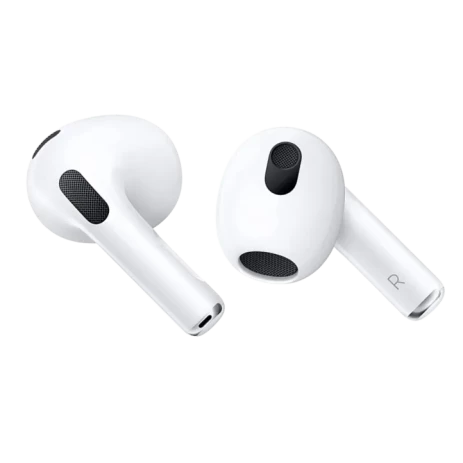
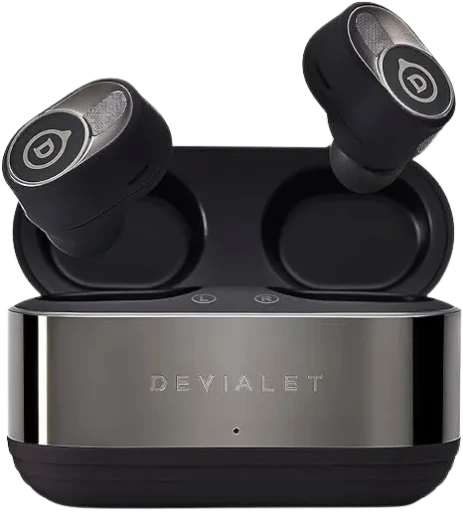
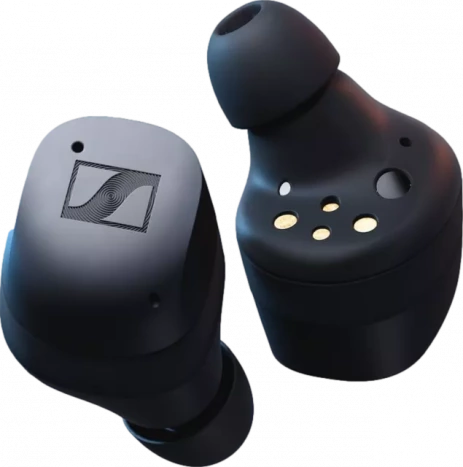
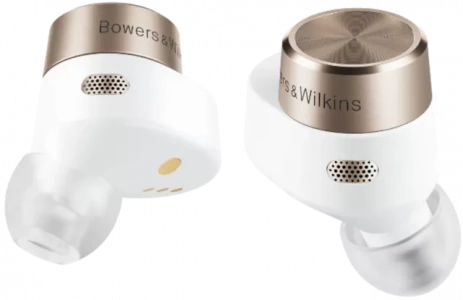
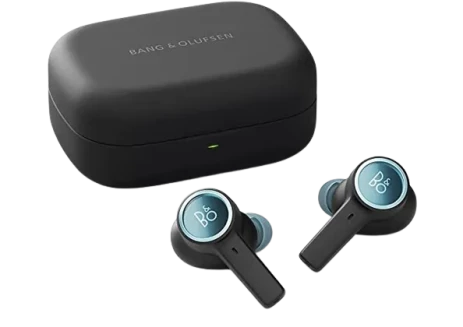

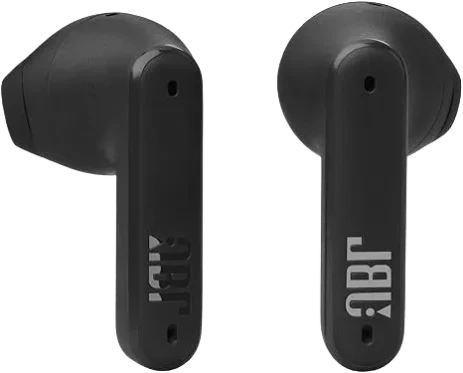
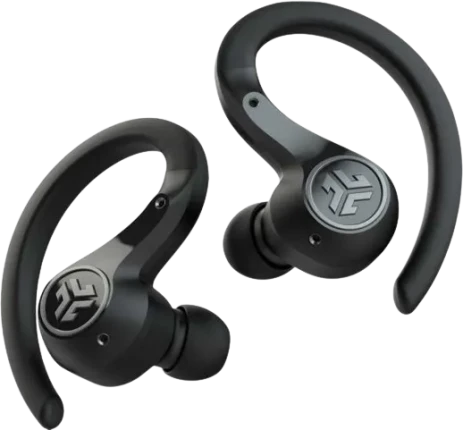


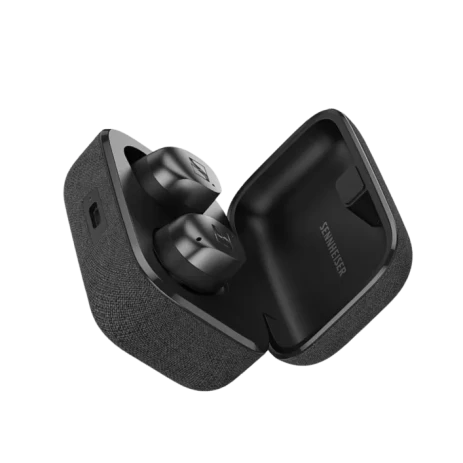 Sennheiser Momentum True Wireless 4 Vs. Nothing Ear 1 Review
Sennheiser Momentum True Wireless 4 Vs. Nothing Ear 1 Review